
Origin/Endemic status: Native
Taxonomy Comments: Several varieties have often been recognized on the basis of length of hairs and of parts of the flower and inflorescence (see synonymy). While geographic trends are readily apparent, the recognition of infraspecific taxa is made problematic by the non-correlation of various characters. In recent studies, neither Blanchard (2008) nor Alexander (2010) recognize varieties in our flora area. K. smilacifolia A. Gray, of peninsular FL, appears to warrant specific status, as treated by Small (1933). It also appears that the supposedly "Eurasian" K. pentacarpos represents an early introduction of North American Kosteletzkya to the Old World (probably via ship’s ballast) and is conspecific; K. pentacarpos (based on European material) has nomenclatural priority over K. virginica (Blanchard 2008).
Synonymy: = Va, WI; = Hibiscus pentacarpos L., basionym; = Kosteletskya virginica (L.) C.Presl ex A.Gray – RAB, orthographic variant; = Kosteletzkya pentacarpos (L.) Ledeb. var. pentacarpos – K3, K4, NY, Alexander (2010), Weeks (2017b) in Weakley et al (2017); > Kosteletzkya althaeifolia (Chapm.) Rusby – S, S13; < Kosteletzkya pentacarpos (L.) Ledeb. – Fl4, FNA6, WH3, Blanchard (2008); > Kosteletzkya virginica (L.) C.Presl ex A.Gray – GW2, K1, S, S13, Tat; > Kosteletzkya virginica (L.) C.Presl ex A.Gray var. althaefolia – Tx, orthographic variant; > Kosteletzkya virginica (L.) C.Presl ex A.Gray var. althaeifolia Chapm. – F, G; > Kosteletzkya virginica (L.) C.Presl ex A.Gray var. aquilonia Fernald – C, F, G; > Kosteletzkya virginica (L.) C.Presl ex A.Gray var. virginica – C, F, G
Wetland Indicator Status:
- Atlantic and Gulf Coastal Plain: OBL (taxonomic split from wetland indicator species)
- Great Plains: OBL (taxonomic split from wetland indicator species)
- Northcentral & Northeast: OBL (taxonomic split from wetland indicator species)
Heliophily: 9
Hover over a shape, letter, icon, or arrow on the map for definition or see the legend.
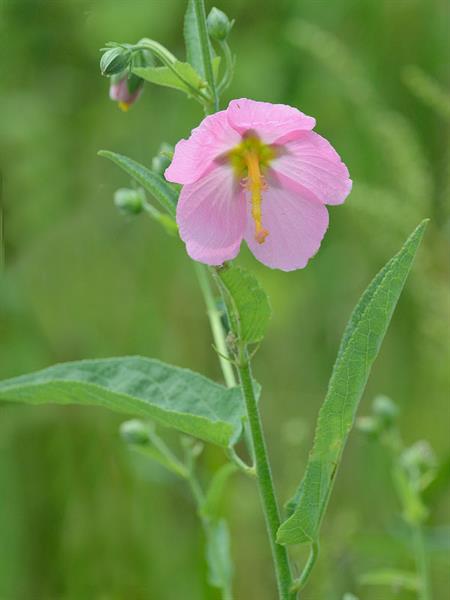 © Gary P. Fleming | Original Image ⭷
© Gary P. Fleming | Original Image ⭷ © Keith Bradley | Original Image ⭷
© Keith Bradley | Original Image ⭷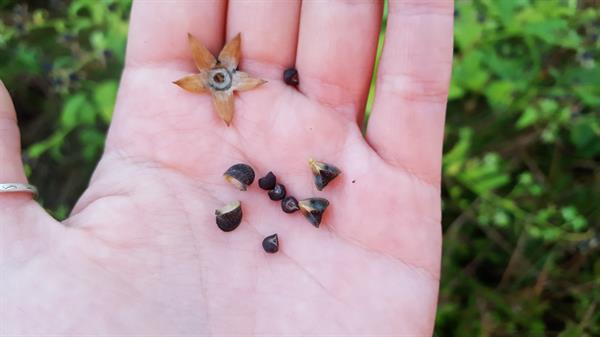 © Collectors SOS | Original Image ⭷
© Collectors SOS | Original Image ⭷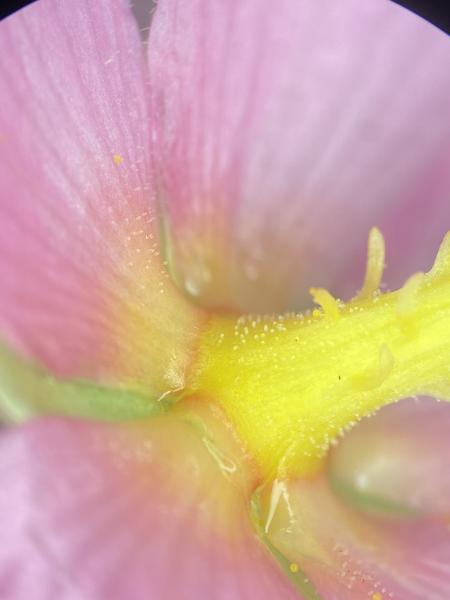 © Scott Ward | Original Image ⭷
© Scott Ward | Original Image ⭷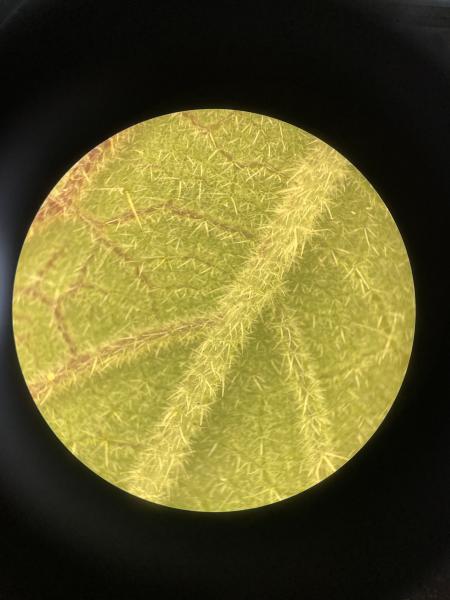 © Scott Ward | Original Image ⭷
© Scott Ward | Original Image ⭷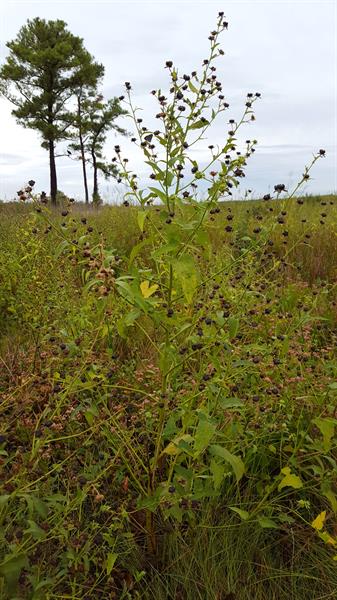 © Collectors SOS | Original Image ⭷
© Collectors SOS | Original Image ⭷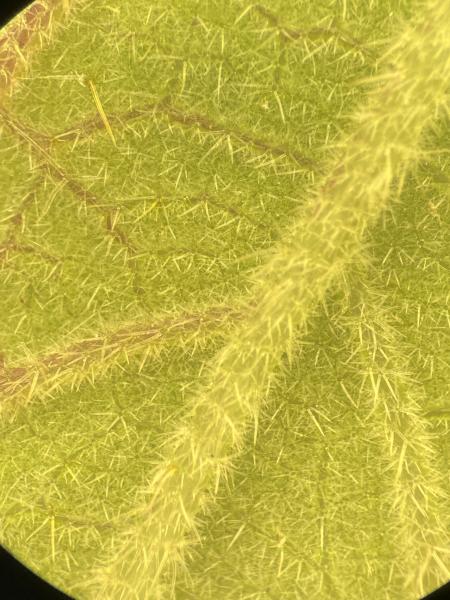 © Scott Ward | Original Image ⭷
© Scott Ward | Original Image ⭷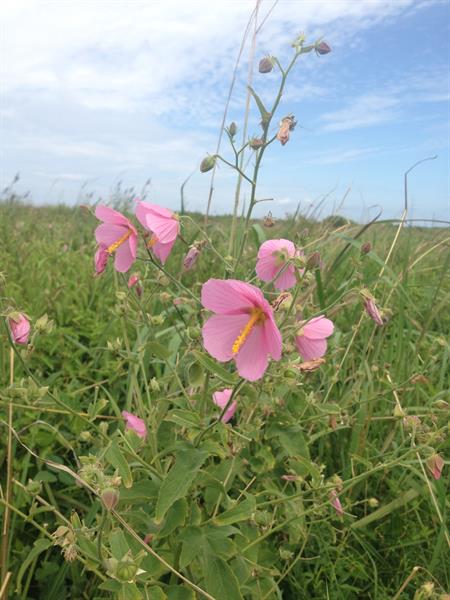 © Collectors SOS | Original Image ⭷
© Collectors SOS | Original Image ⭷Feedback
See something wrong or missing on about Kosteletzkya pentacarpos? Let us know here: (Please include your name and email if at all complicated so we can clarify if needed.)
Cite as...